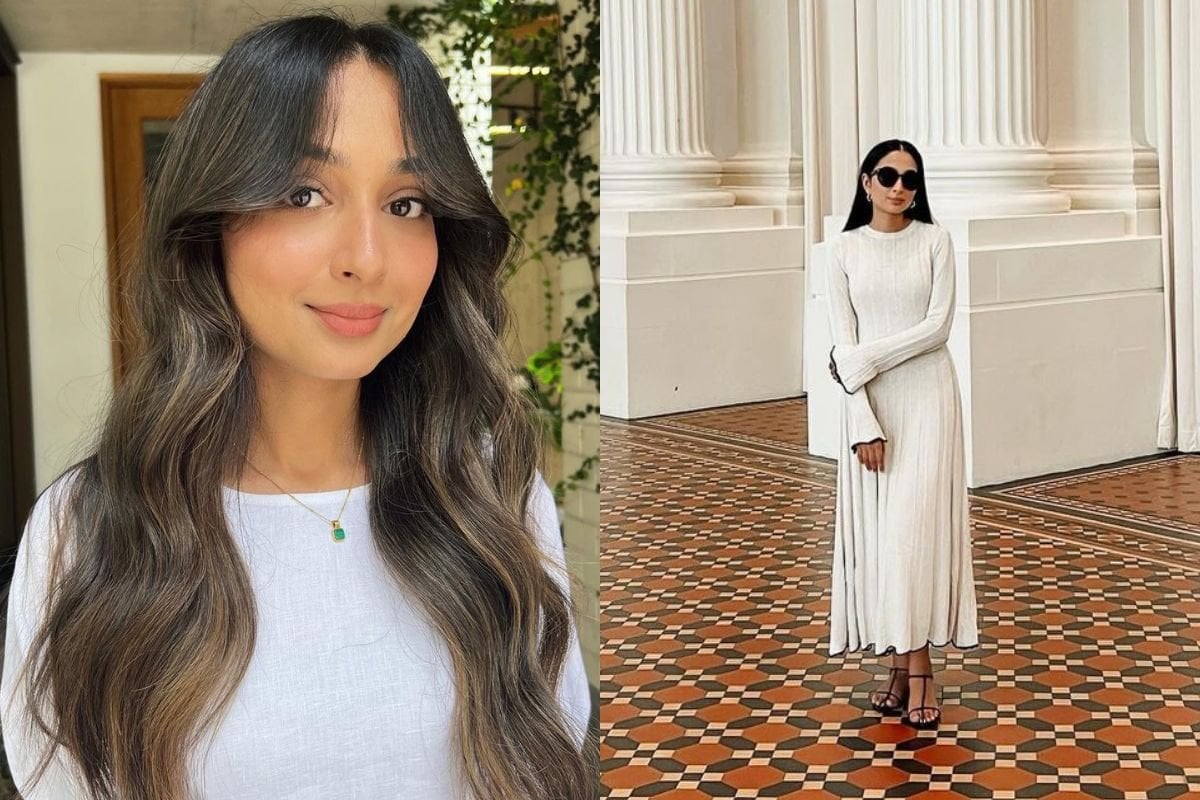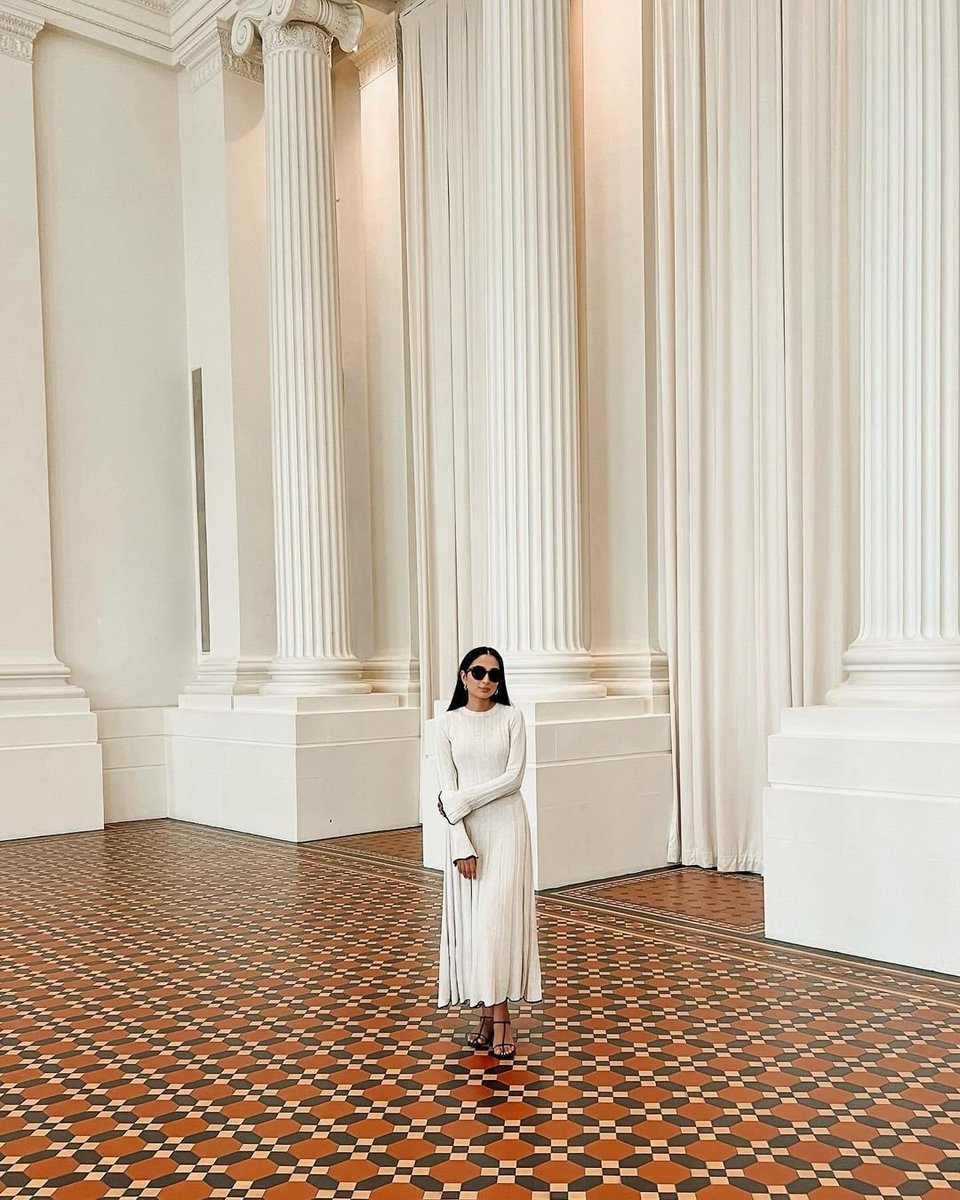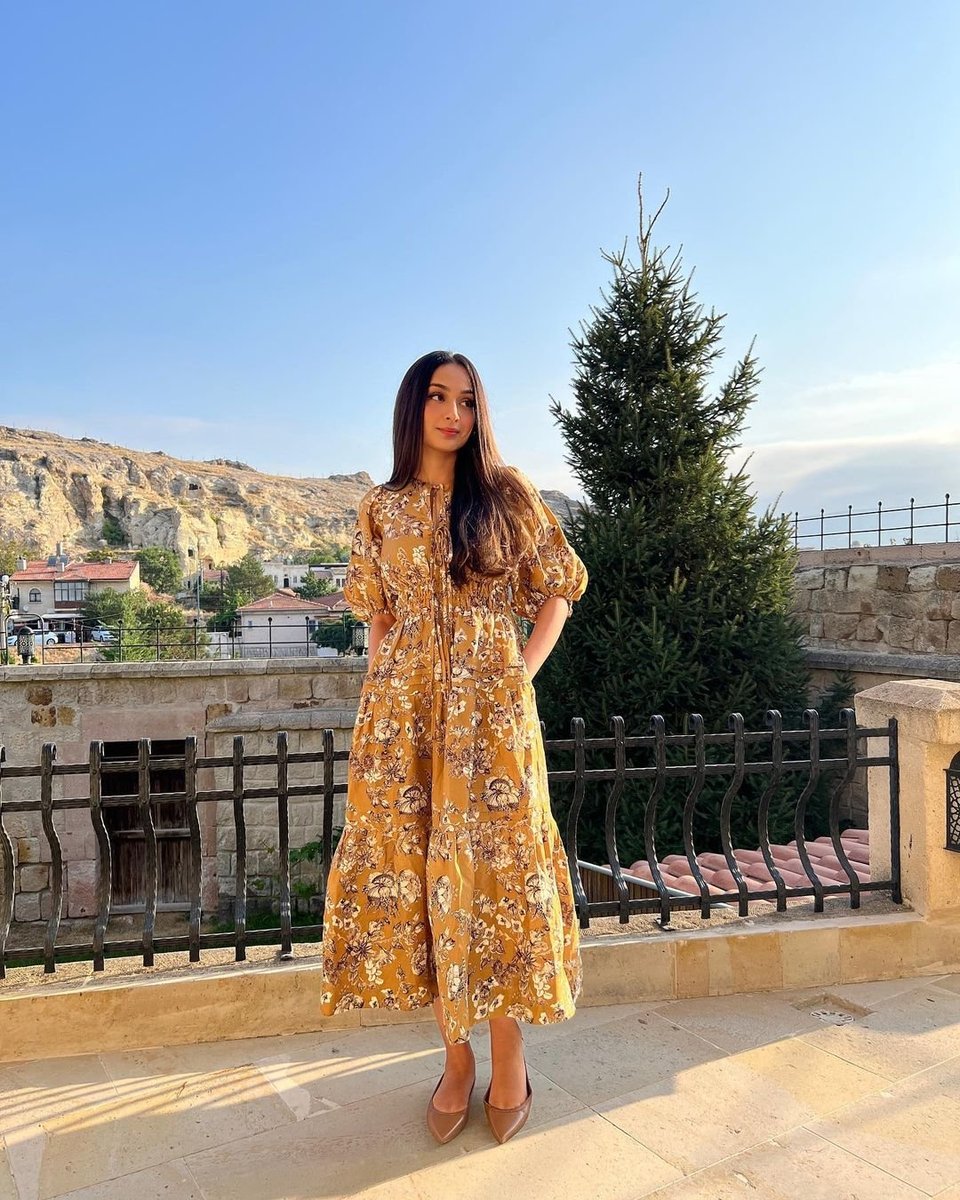
Like most people, my year starts with goals and resolutions.
In 2024, I’m hoping to eat better (no more coffee on an empty stomach), work out more and, the one that I consider the most important, consume mindfully.
Watch: Closet Confessions - What Are Trinny's Favourite Party Outfits. Post continues below.
Now, I’m not saying my resolutions are going to make it past January - to be honest, the first two have been a resolution every year since I turned 18 - but the last one is something I’ve been practising for a year and a half, and hopefully, with time, I’ll double down on it.
Believe it or not, I’m not a huge shopper. I rarely buy new clothes, only bring home accessories after thinking 20 times about it, and my collection of shoes is relatively small. Now that I’ve mentioned it, you’ll notice it more when I style clothes because I rotate the same pieces over and over again.
But it wasn’t always that way. A few years ago I would receive packages every week, filled with clothes that I’ve bought out of impulse. That would then result in my wardrobe quite literally spilling out from every corner, and me feeling overwhelmed at all the choices I had (and not liking any of them).



